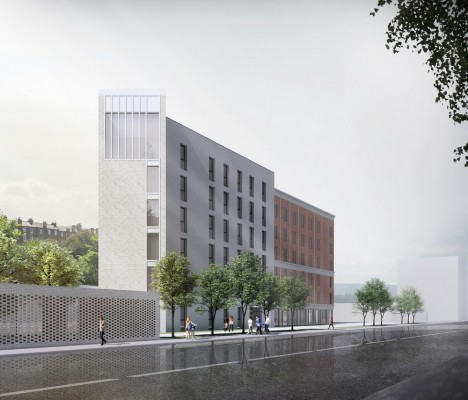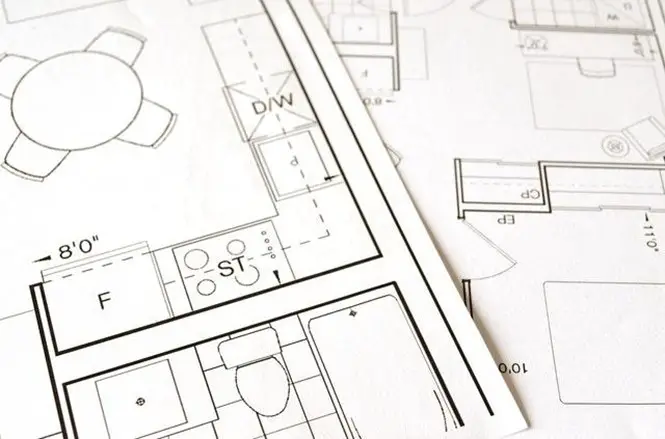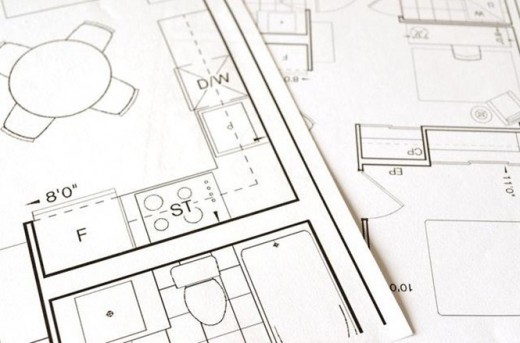How to achieve true zero waste in design of buildings, Sustainable architecture advice
How to achieve true zero waste in the design of buildings
8 June 2021
Human activities are negatively affecting the life of ecosystems and contributing to the depletion of natural resources. The construction of industrial, business, or residential facilities leads to the desire for bigger and more luxurious units. This, in turn, enhances the demand for both land and construction materials, therefore affecting the global ecosystem. While some resources remain largely untouched, others, such as water and fossil fuels, pose non-negligible availability issues. Building design should be carried out with sustainability in mind. To be more precise, practices should ensure the smallest environmental footprint possible.
It’s necessary to step up the efforts when it comes to protecting health, improving equity, and reaching sustainability. The impact on the planet is exacerbated by inefficient production processes, great displacement of supplies, and excessive waste during various stages of the construction process. By reducing waste or eliminating it altogether, we become committed to the circular economy, which is inspired by natural mechanisms. Architects, as well as engineers, should approach each building as a one-of-a-kind solution and exploit circular economy principles whenever possible.
This article aims to shed some light on what can be done to attain zero waste in the design of buildings. There are several Rs in the process used to protect the environment and conserve resources This is what it’s all about:
Rethink
This principle implies getting a good understanding of consumption habits and the way in which they impact the environment. For instance, if you rely on energy-intensive materials such as cement or glass, it’s necessary to identify alternatives. Not only do the aforementioned materials drain energy resources but also adversely affect the environment. If you aim for green construction, you can use straw bale, grasscrete, bamboo, rammed earth, just to name a few. Success depends on the coordinated action of the main parties involved – in other words, architects, planners, and building operators. They should be working in tandem to come up with a coherent system.
Companies should train and invest in resource-efficient building methods and practices. It’s important to include new materials and solutions. Best practices include working with local materials, striving to understand design constraints, and making informed decisions. Every choice matters because it has repercussions on the health of the planet. It’s paramount to rethink building construction in an era of climate crises. When a building is designed, the focus should be placed on sustainability. Substantial improvements in quality and efficiency are possible.
Reduce
Reducing waste and loss of materials is key in a world of zero waste living. At times, zero-waste can be unrealistic and unattainable. Nevertheless, it’s necessary to make an effort to reduce greenhouse gas emissions. There are several things that can be done to enhance eco-efficiency, such as reducing material intensity, energy intensity, and the dispersion of toxic substances. The reduction of waste can be realised by establishing a budget to buy much-needed tools and machinery to store and protect materials. For instance, construction materials can be handled with loaders or lifters. Most importantly, the construction site should be prepared for the entrance of material. This way, you can avoid a messy construction site.
Overordering tends to increase the expense because things like insulation material command a certain price. It’s recommended to practice caution. Value management can reduce costs significantly. In addition to considering the waste generated, it’s essential to consider reducing energy and the dispersal of hazardous substances must be done without endangering the environment or human health. The issue of reduction can’t be neglected. Resources ought to be used in an efficient manner. It’s about the way we source resources and the processes deployed to get the job done.
Reuse
The ability to salvage and reuse construction materials depends largely on local recycling facilities, market demand, the quality and condition of the materials in question, not to mention the time available for retrieval. Anything that comes from a building site can be reused, including wood, glass, plastics, brick, wall coverings, and so on.
They shouldn’t be tossed into the dumpster and end up in the landfills. Regardless of the project, it’s worth salvaging construction materials. Framing lumber, for example, can be easily reused if the nails are removed from it. Equally important is to reuse buildings for new purposes. Old buildings can be retrofitted for new uses, so they can maintain their historic integrity and meet the needs of modern occupants.
Recycle
Waste should be diverted entirely from the landfills. It’s important to understand that buildings generate substantial amounts of waste, whether it’s the discarded technical drawings or the excess wood beams.
The good news is that there are numerous solutions for improving waste management, such as waste balers and compactors, that directly benefit construction. The possibilities are many, and so are the complexities. It’s advisable to seek a mobile waste management solution. Make sure the company has locations in Scotland and England so that you can easily get in touch. The mobile waste management solution can be tailored to specific needs and challenges, no matter the complexity or scale of operation.
By means of recycling, waste is transformed into reusable material, with different or similar characteristics. Breaking the waste cycle might be hard, but it certainly isn’t impossible. Our real-world problems are linked to resource consumption, waste management, and climate change. If it’s not possible to avoid waste in the first place, locate a local recycling centre and transport the construction waste there. In addition to helping the planet, it’s an opportunity for profitability. There are positive economic benefits, such as acquiring fewer materials or reselling waste where it has market value.
How to achieve true zero waste in building design summary
In conclusion, waste management is an essential aspect of sustainable building design. A sustainable approach helps reduce greenhouse gas emissions and, most importantly, the impact of climate change. Adapting to the needs of new times has singular economic, environmental, and personal advantages. It’s necessary to challenge the systems and habits in place and strive for a better outcome. Sustainable architecture benefits everyone from businesses to regular individuals. Oh, let’s work towards an economically sustainable future.
Comments on this guide to How to achieve true zero waste in building design article are welcome.
Edinburgh Architecture
65 London Road

image © 3DReid
65 London Road Edinburgh Development
St James Quarter Edinburgh
St James Quarter
Comments on this How to achieve true zero waste in building design advice article are welcome.





